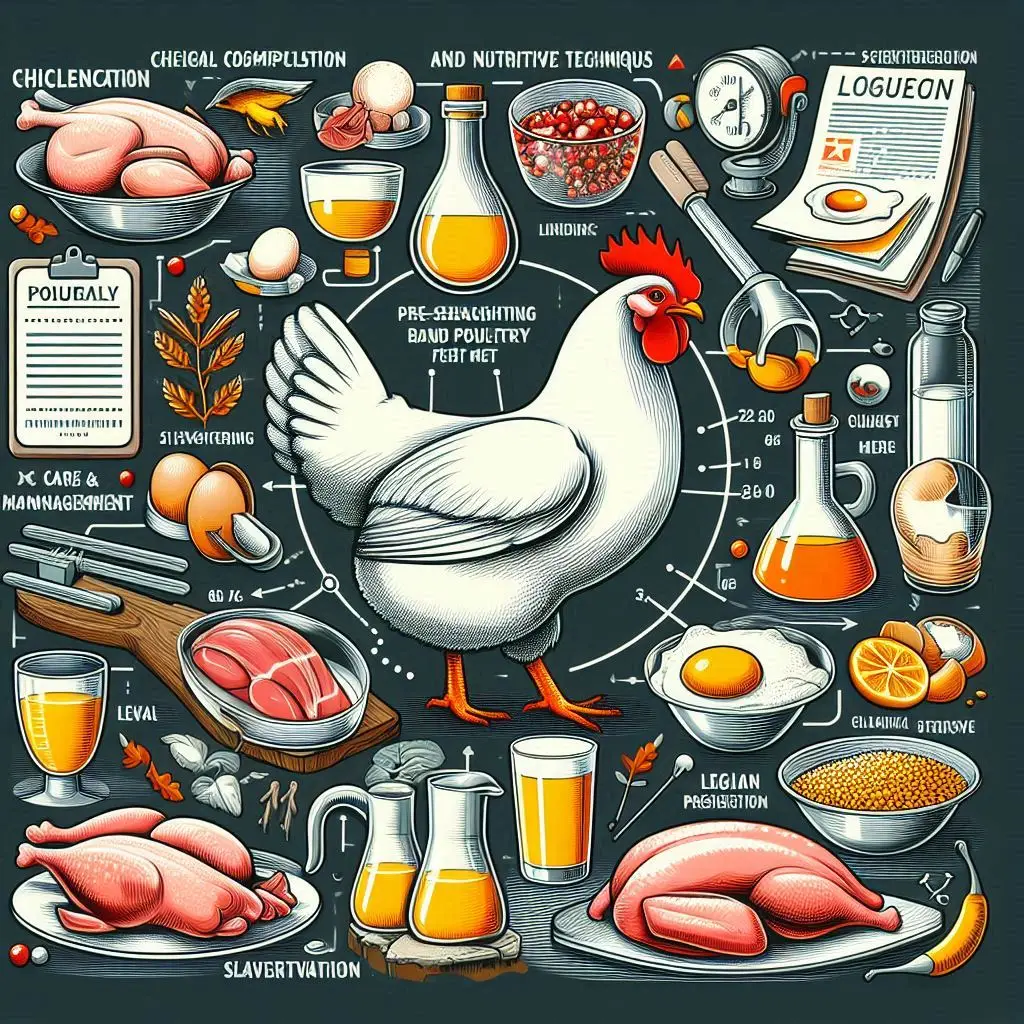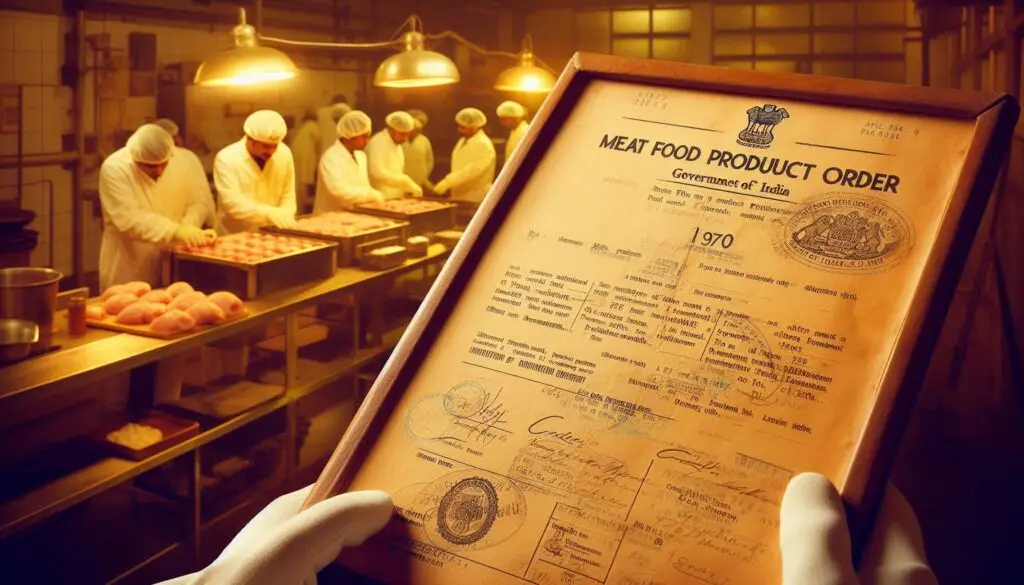Understanding Meat Trade Regulations

Introduction to Meat Trade Regulations
The meat trade and industry are crucial sectors worldwide. They provide food and employment to millions. However, with this importance comes the need for strict regulations. These regulations ensure safety, quality, and ethical practices. In this article, we will explore the various regulatory provisions in the meat trade and industry. We will focus on India and also touch on international standards.
Importance of Regulatory Provisions in Meat Trade
Regulatory provisions play a vital role in the meat trade. They help protect public health. They also ensure that meat products are safe for consumption. Additionally, regulations promote fair trade practices. They help maintain consumer trust in meat products.
Key Areas of Regulation
- Food Safety: Regulations ensure that meat is free from pathogens and contaminants.
- Quality Control: Standards maintain the quality of meat products.
- Animal Welfare: Regulations protect the welfare of animals during transport and slaughter.
- Traceability: Regulations require tracking of meat from farm to table.
Regulatory Framework in India
Overview of Indian Regulations
In India, the meat industry is governed by several laws and regulations. The government aims to ensure food safety and quality. Key regulatory bodies include the Food Safety and Standards Authority of India (FSSAI) and the Agricultural and Processed Food Products Export Development Authority (APEDA).
Key Legislation
Export (Quality Control and Inspection) Act, 1963
This act regulates the quality of meat exports. It ensures that meat products meet specific standards. The act mandates inspections and certifications before export.
Food Safety and Standards Act, 2006
This act establishes the FSSAI. The FSSAI sets safety standards for food products, including meat. It also regulates labeling and packaging. This ensures that consumers receive accurate information.
Export of Raw Meat (Chilled and Frozen) (Quality Control and Inspection) Rules, 1992
These rules focus on the quality control of raw meat for export. They specify the conditions under which meat can be exported. Compliance with these rules is essential for exporters.
Processing and Safety Standards
Sanitary and Phyto-Sanitary Requirements
Processing plants must adhere to strict sanitary standards. This includes proper animal transport and hygiene practices. Regular inspections ensure compliance with these standards.
Traceability and Health Certifications
Traceability is crucial in the meat industry. Animals must be registered and tagged upon arrival at slaughterhouses. Health certifications confirm that livestock are fit for human consumption. This helps prevent foodborne illnesses.
Export Regulations
Prohibited Exports
In India, the export of beef from cows, oxen, and calves is prohibited. However, boneless buffalo meat and sheep/goat meat can be exported under specific conditions. Compliance with health certifications is mandatory for these exports.
International Regulations
United States Regulations
In the U.S., the Food Safety and Inspection Service (FSIS) oversees meat and poultry products. The FSIS ensures compliance with the Federal Meat Inspection Act. This act mandates inspections at processing facilities. The FDA regulates non-amenable species, including game meat.
Recent Developments
Recent discussions focus on reintroducing Country of Origin Labeling (COOL) for beef. This initiative aims to enhance traceability and consumer awareness.
European Union Regulations
The EU has a comprehensive regulatory framework. The General Food Law (Regulation EC No. 178/2002) promotes food safety from production to consumption. The Food Standards Agency (FSA) in the UK regulates meat establishments. They ensure compliance with hygiene and safety standards.
Animal Welfare Directives
The EU emphasizes animal welfare. Specific directives aim to improve conditions in meat production. These regulations ensure humane treatment of animals throughout the supply chain.
Australian Regulations
Australia’s Meat Industry Regulations 2005 set standards for meat production. These regulations include licensing requirements for transport vehicles. They also specify hygiene standards for processing facilities.
Challenges in Meat Trade Regulations
Compliance Issues
One of the main challenges is compliance. Many meat producers struggle to meet regulatory requirements. This can lead to penalties and loss of business.
Globalization and Trade Barriers
Globalization has increased competition in the meat trade. However, trade barriers can complicate international meat sales. Different countries have varying regulations, making compliance difficult.
Consumer Awareness
Consumers are becoming more aware of food safety issues. They demand transparency in meat production. This pressure encourages producers to comply with regulations. However, it also requires continuous education and adaptation.
Future Trends in Meat Trade Regulations
Technology and Traceability
Technology is transforming the meat industry. Blockchain and IoT can enhance traceability. These technologies can track meat from farm to table. They provide consumers with information about the origin of their food.
Sustainability Practices
Sustainability is becoming a priority. Regulations may evolve to include environmental standards. This could promote sustainable farming practices and reduce the industry’s carbon footprint.
Enhanced Animal Welfare Standards
As consumer awareness grows, animal welfare regulations may tighten. Producers will need to adopt humane practices. This could include better living conditions and transport methods for animals.
Conclusion
Regulatory provisions in the meat trade and industry are essential. They ensure safety, quality, and ethical practices. In India, various laws and regulations govern the sector. Internationally, countries have their own standards to protect consumers. As the industry evolves, regulations will likely adapt to new challenges and trends. By understanding these regulations, stakeholders can navigate the meat trade more effectively. This will help ensure a safe and sustainable meat supply for consumers worldwide.
For more pearls of Vets Wisdom:
https://wiseias.com/partitioning-of-food-energy-within-animals/






Responses